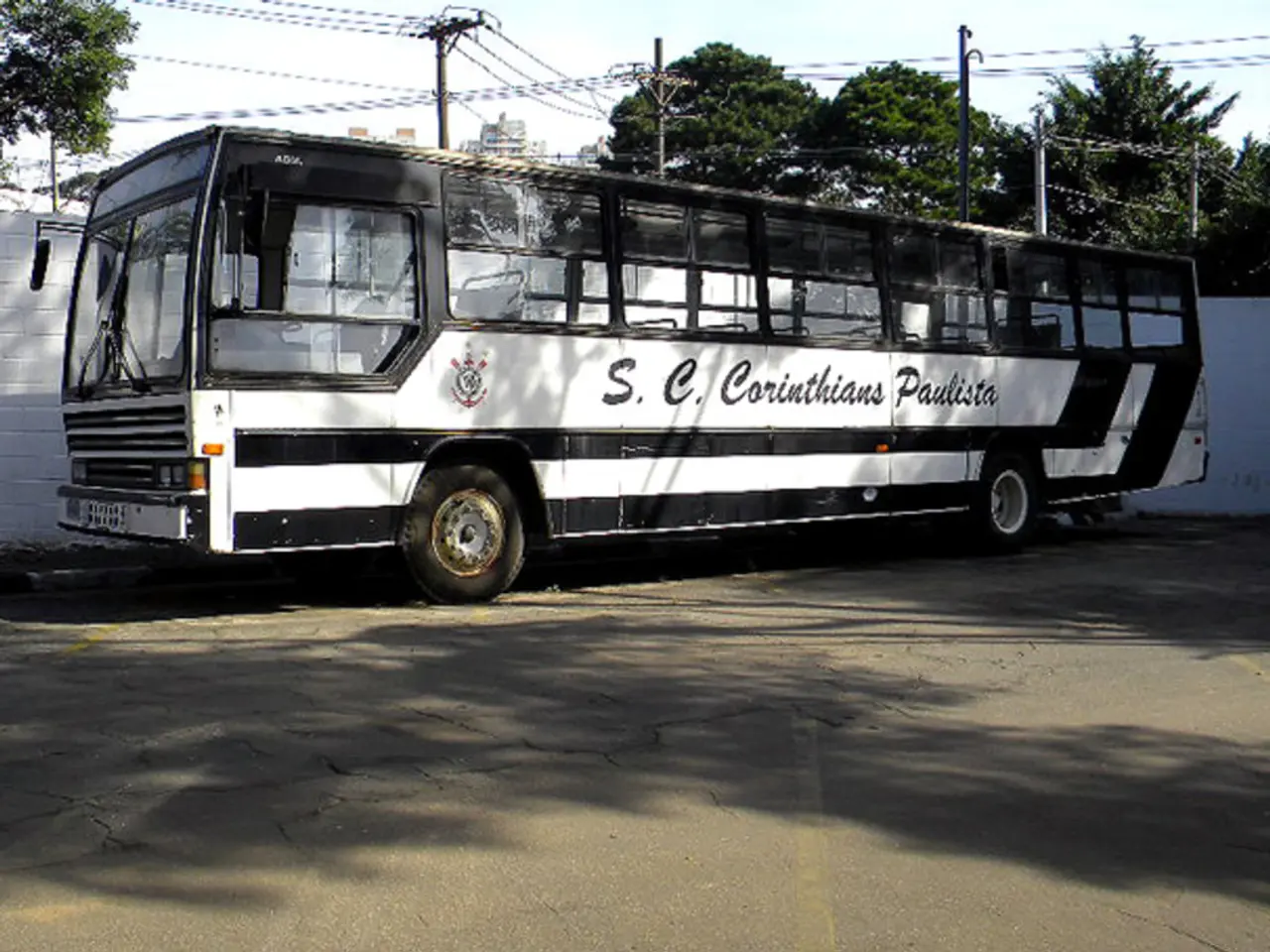Future Heavy-Duty Electric Truck Charging Infrastructure Across Europe in 2025
Europe Pushes Forward with Electric Truck Charging Infrastructure
Europe is making significant strides in the development of a comprehensive network of charging stations for Heavy Duty Vehicles (HDVs), aiming to support a growing fleet of electric trucks. By 2030, the market is expected to constitute 15% of HDVs, according to recent projections.
Leading this charge are countries like France, Germany, the Netherlands, Denmark, Sweden, and Norway, which are at the forefront of HDV charging infrastructure deployment. Companies such as Gito, based in Sweden, are pioneering HDV charging hubs in underserved areas, while Iberdrola in Spain has implemented chargers at the Disfrimur logistics base, marking a significant step in adopting ultra-fast charging technology for HDVs.
In Switzerland, Gofast focuses on ultra-fast charging solutions for HDVs, integrating renewable energy into its network. Most charging hubs for HDVs in Europe are concentrated along major motorways, forming diagonal routes from the north of Sweden to the south of France.
The initial stage of the rollout of charging infrastructure for medium and heavy electric trucks will involve installing facilities at private fleet depots or semi-public hubs, catering to trucks operating on predictable routes. Post-2030, the focus will shift towards expanding public charging points, particularly along highways, with Europe projected to have approximately 100,000 public charging points to support long-haul electric trucking by 2040.
Key companies involved in developing truck charging stations in Europe include Milence (a joint venture of Volvo, Daimler Truck, and Traton), MAN Truck & Bus with energy provider E.ON, and Shell, which integrates its charging network with logistics partners like Contargo. Milence is leading the installation of over 500 new charging points funded by the EU across ten countries, while MAN and E.ON collaborate on 400 fast chargers at 170 European locations, especially in Germany. Shell focuses on an integrated network combining public, semi-public, and depot chargers to support heavy-duty fleets across Europe.
Ensuring grid capacity and a strong regulatory framework while building stakeholder trust remains critical to the success of HDV charging infrastructure deployment. The European Union's Alternative Fuels Infrastructure Regulation (AFIR) mandates installing charging stations with a minimum power output of 150 kW every 60 kilometres along the Trans-European Transport Network (TEN-T) core network.
The development of digital infrastructure, including real-time route planning and booking systems, will be crucial in enhancing the operational efficiency of HDV charging solutions. A study by PwC predicts that by 2030, electric trucks will have a total cost of ownership (TCO) that is 30% lower than their internal combustion engine (ICE) counterparts.
Notable developments include the Megawatt Charging System (MCS) by Milence, delivering up to 3.75 MW of power for ultra-fast charging of large batteries, reducing downtime for electric trucks. Companies like Circle K have developed multi-use charging stations for HDVs and passenger EVs, with a strong presence in Scandinavia and a focus on remote regions. Uno-X has initiated the development of high-capacity charging hubs strategically located along Norway's major freight routes.
Aral Pulse is expanding its heavy-duty vehicle charging network in Germany, focusing on high-capacity hubs at key logistics centers. ENGIE Vianeo has secured five strategically located stations between Paris and Lyon, ensuring reliable charging access for HDVs on this critical route in France. OKQ8 combines advanced charging technology with sustainable practices to support long-haul freight operations in the Nordic region.
Optimising charging station placement along key logistics routes, such as the diagonal connections from Sweden to France, demonstrates Europe's readiness for large-scale electrification of HDVs. The sales share of light and medium electric trucks reached 10% in Q3 2024, compared to 6% in 2023, indicating a growing acceptance and adoption of electric trucks in the European market.
Read also:
- Peptide YY (PYY): Exploring its Role in Appetite Suppression, Intestinal Health, and Cognitive Links
- Toddler Health: Rotavirus Signs, Origins, and Potential Complications
- Digestive issues and heart discomfort: Root causes and associated health conditions
- House Infernos: Deadly Hazards Surpassing the Flames








